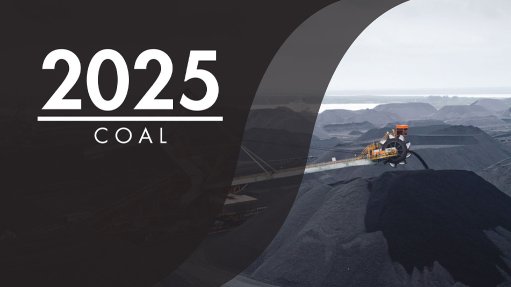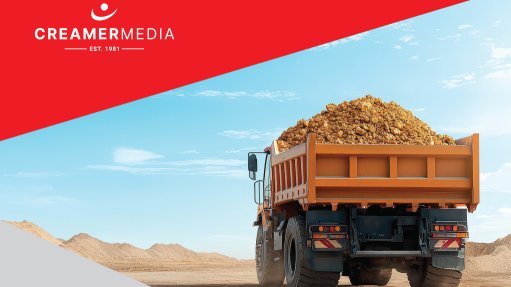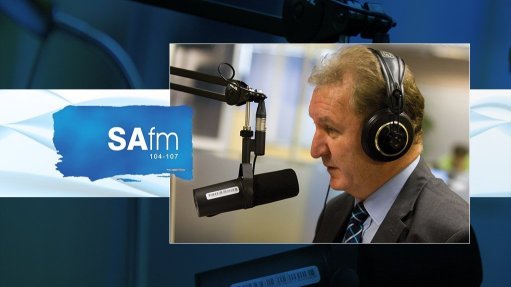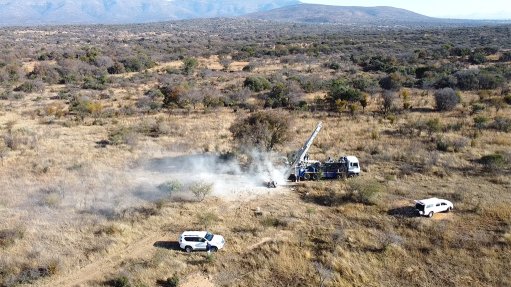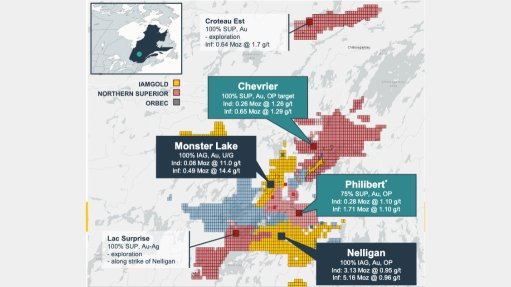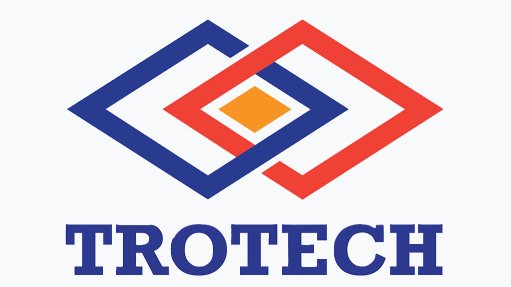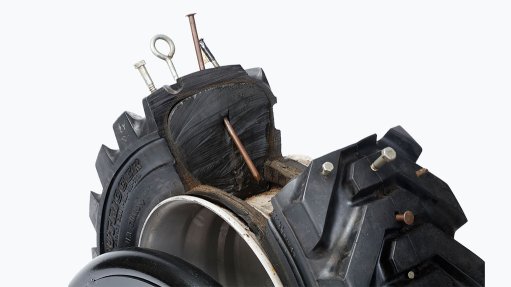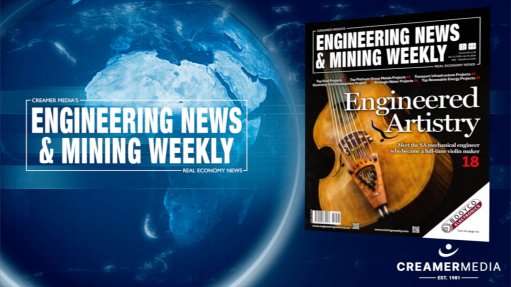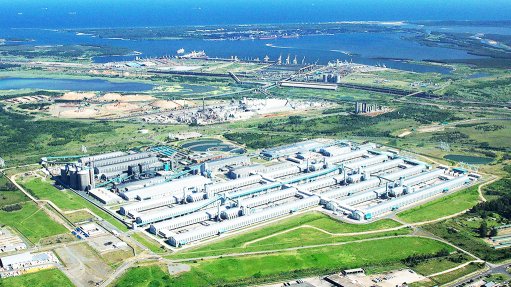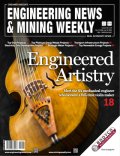Water resource rehabilitation guidelines out for public input
The Department of Water and Sanitation (DWS) is calling on interested stakeholders to provide input and comment on the draft ‘Rehabilitation Management Guidelines (RMG) for Water Resources’, which aims to protect water resources and to ensure healthy ecosystems and water availability for current and future use.
Stakeholders have until October 29 to comment on the guidelines for the management of rehabilitation and restoration of watercourses.
This follows DWS-hosted public consultations in September, unpacking the ambitions of avoiding, minimising and remedying water quality degradation of water resources such as rivers, dams, wetlands, estuaries, groundwater and dams and lakes, in line with Chapter 3 of the National Water Act (NWA).
The DWS has previously consulted key sector stakeholders through platforms such as the Project Steering Committee, the Freshwater Ecosystem Network, Catchment Management Fora, Western Cape Estuaries task team and intergovernmental engagements between the DWS, the Department of Forestry, Fisheries and the Environment, and the Water Research Commission, as well as at the 2024 Wetland Indaba event.
The department’s Sources Directed Studies has been developing the guidelines since 2020 to respond to the need for the protection and sustainable management of water resources and provide guidance to water users on step-by-step rehabilitation measures and interventions that can be followed for each water resource.
The first phase started with defining the project scope and reviewing the available information to establish the status quo with regard to rehabilitation practices and interventions for water resources, says DWS Sources Directed Studies director and RMG project leader Tovhowani Nyamande.
Addressing delegates during the public consultations, she explained that, after a comprehensive review of available studies, publications, reports, projects, programmes and initiatives specific to South Africa and implemented in support of rehabilitation, the team developed the step-by-step RMGs for five water resource themes, namely rivers, wetlands, estuaries, lakes and dams and groundwater.
The ‘RMGs in Practice’ report outlines roles, responsibilities and mandates of key role-players with regard to the rehabilitation and demonstrates the applicability of the developed RMGs in real-world situations.
DWS Sources Directed Studies production scientist and RMG project coordinator Kgotso Mahlahlane adds that the RMGs for water resources were developed in terms of their interactions with characteristics of watercourses, namely hydrology (surface flow and interflow), geomorphology, water quality, habitat, biota and groundwater flows.
The guidelines followed a phased approach encompassing diagnostic, planning and assessment, rehabilitation objective setting, execution, monitoring, evaluation and reporting.
The diagnostic phase entails determining the conditions and the type, size and extent of impacts on characteristics of watercourses, while the planning and assessment phase is aimed at assessing and collating available information from maps and datasets on the affected watercourses, as well as the review and assessment of legal considerations.
The phase of defining rehabilitation objectives aims to ensure the impacts on the characteristics of watercourses are addressed, and the execution phase entails providing recommendations on techniques and methods to address identified impacts. Consideration is also given to the protection of water resources, ecosystem services, people and livelihoods.
Lastly, the monitoring, evaluation and reporting phase involves overseeing the monitoring, evaluation and reporting of the maintenance and rehabilitation interventions.
The RMGs were also developed to give effect to, and align with, broader key sector policies and strategic objectives and actions, including in the National Water and Sanitation Master Plan, the National Water Resource Strategy and the Integrated Water Quality report, besides others.
The major focus of the developed RMGs was to integrate, align and harmonise efforts across different projects, programmes and initiatives given the separate mandates and various institutions responsible for rehabilitation work.
Article Enquiry
Email Article
Save Article
Feedback
To advertise email advertising@creamermedia.co.za or click here
Press Office
Announcements
What's On
Subscribe to improve your user experience...
Option 1 (equivalent of R125 a month):
Receive a weekly copy of Creamer Media's Engineering News & Mining Weekly magazine
(print copy for those in South Africa and e-magazine for those outside of South Africa)
Receive daily email newsletters
Access to full search results
Access archive of magazine back copies
Access to Projects in Progress
Access to ONE Research Report of your choice in PDF format
Option 2 (equivalent of R375 a month):
All benefits from Option 1
PLUS
Access to Creamer Media's Research Channel Africa for ALL Research Reports, in PDF format, on various industrial and mining sectors
including Electricity; Water; Energy Transition; Hydrogen; Roads, Rail and Ports; Coal; Gold; Platinum; Battery Metals; etc.
Already a subscriber?
Forgotten your password?
Receive weekly copy of Creamer Media's Engineering News & Mining Weekly magazine (print copy for those in South Africa and e-magazine for those outside of South Africa)
➕
Recieve daily email newsletters
➕
Access to full search results
➕
Access archive of magazine back copies
➕
Access to Projects in Progress
➕
Access to ONE Research Report of your choice in PDF format
RESEARCH CHANNEL AFRICA
R4500 (equivalent of R375 a month)
SUBSCRIBEAll benefits from Option 1
➕
Access to Creamer Media's Research Channel Africa for ALL Research Reports on various industrial and mining sectors, in PDF format, including on:
Electricity
➕
Water
➕
Energy Transition
➕
Hydrogen
➕
Roads, Rail and Ports
➕
Coal
➕
Gold
➕
Platinum
➕
Battery Metals
➕
etc.
Receive all benefits from Option 1 or Option 2 delivered to numerous people at your company
➕
Multiple User names and Passwords for simultaneous log-ins
➕
Intranet integration access to all in your organisation




